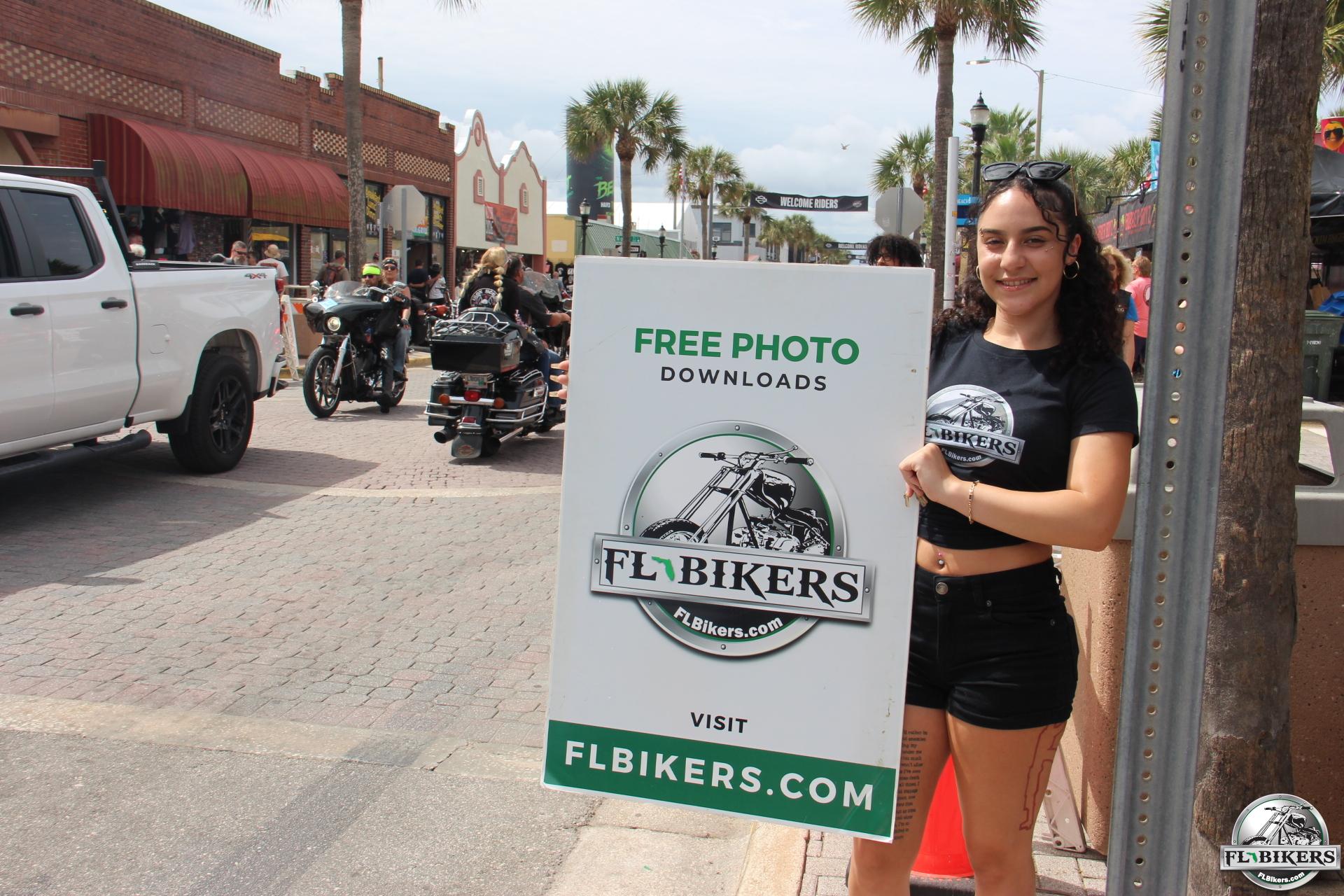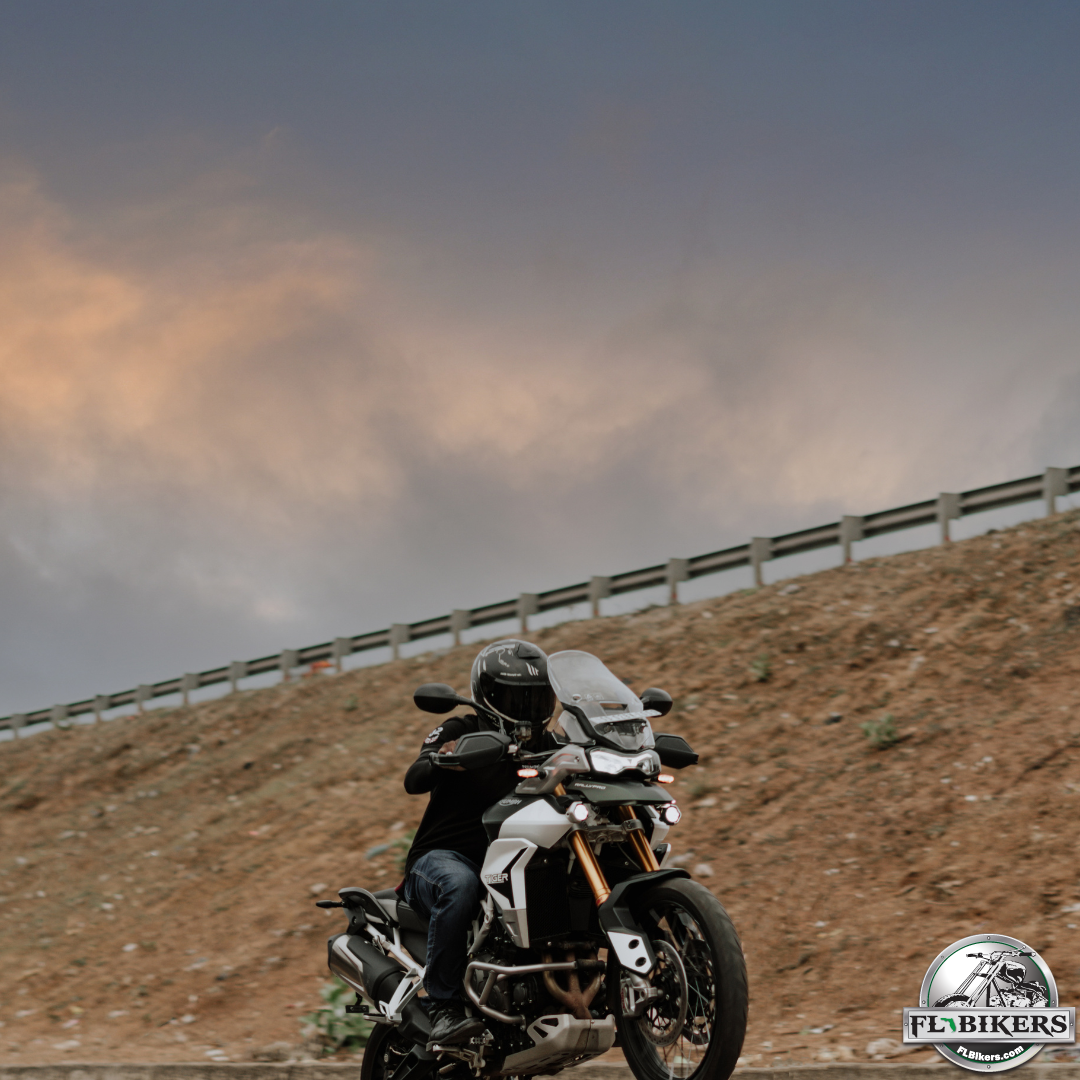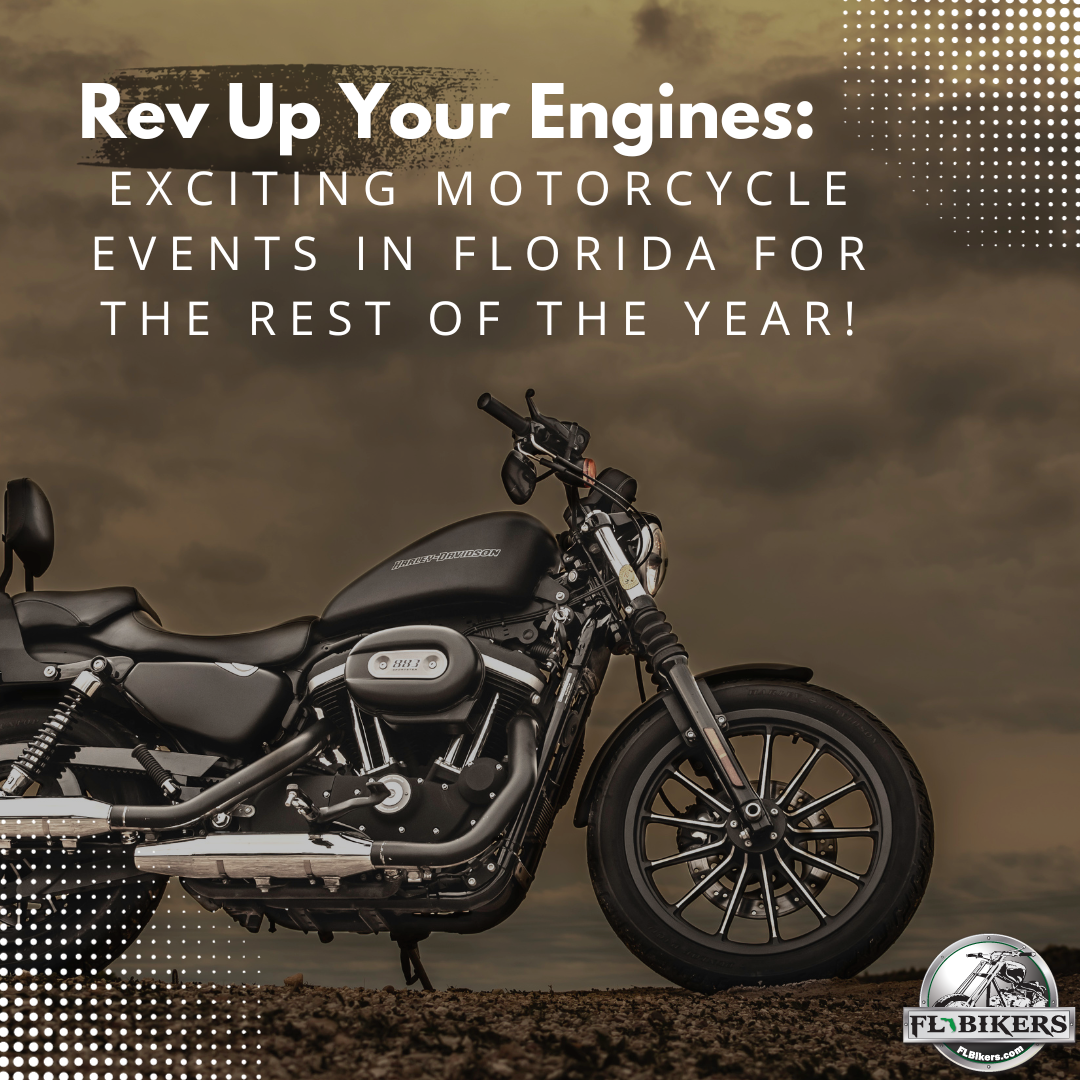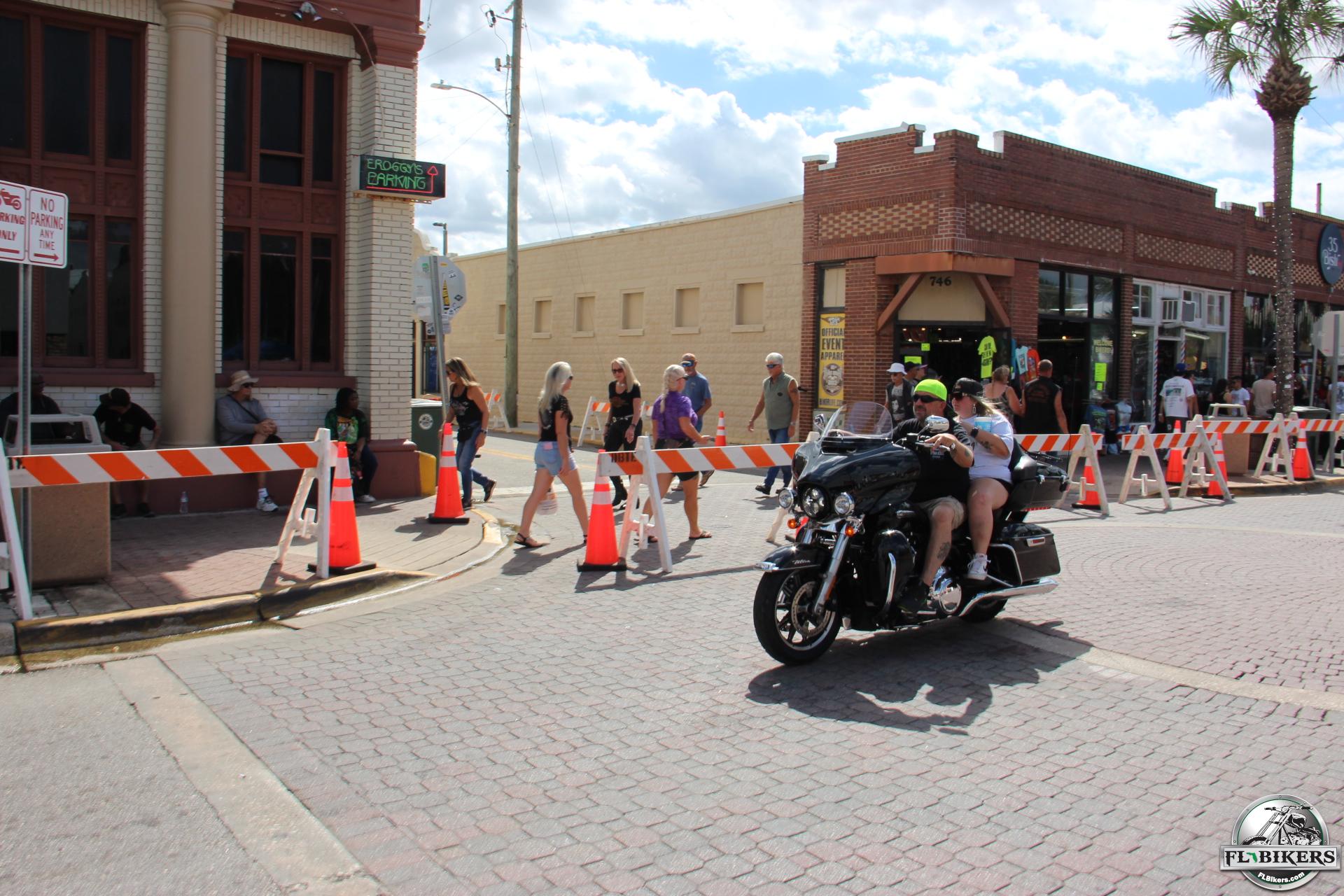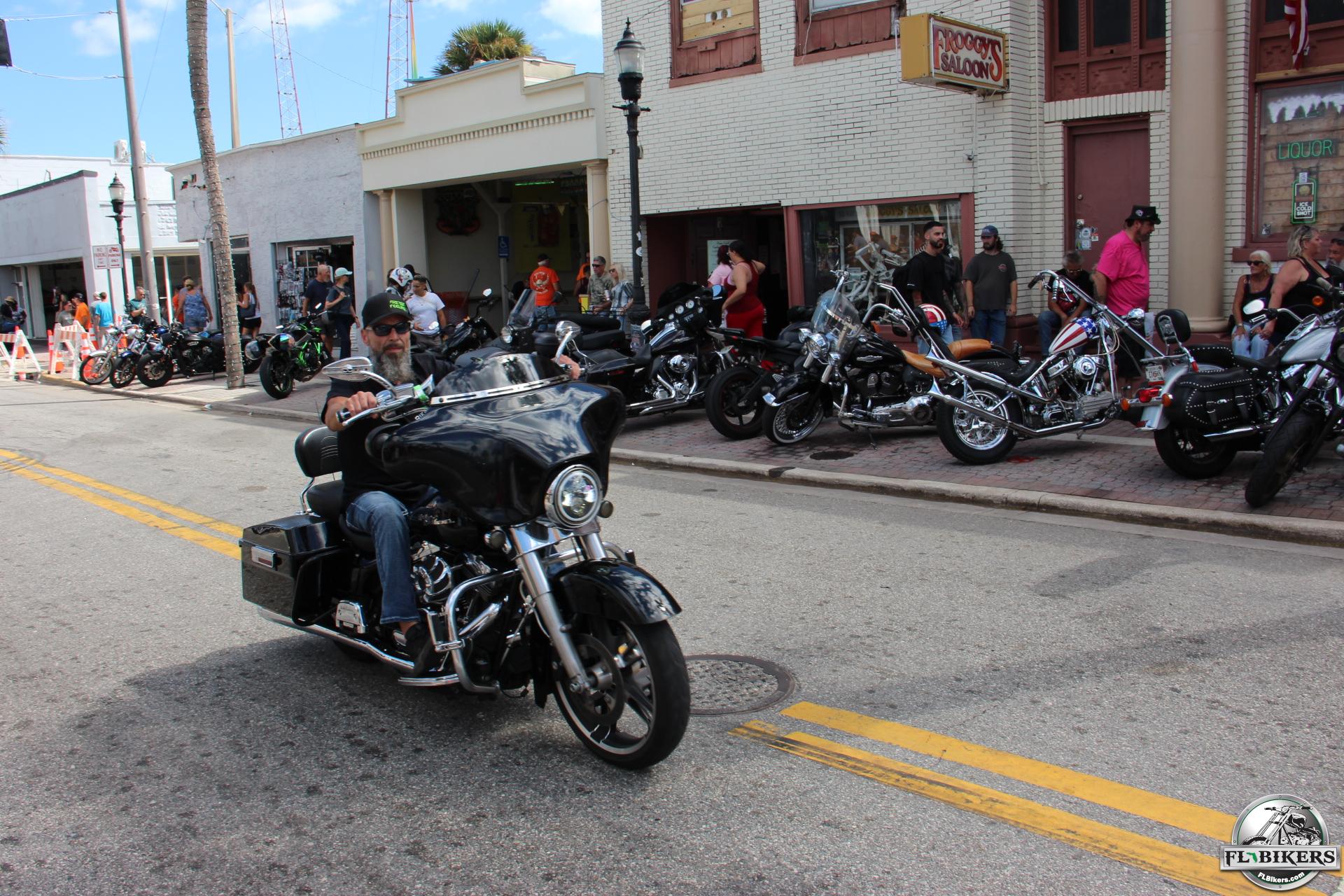Riders in Florida know it’s not a matter of if you’re going to end up riding in the rain, but when. Since gloomy skies aren’t a good enough reason to skip your ride, it’s best to be prepared for when the weather turns bad. The bike can handle almost anything, but as the rider, you’re going to need some extra gear to make it through a rainy ride without getting soaked to the bone.
It goes without saying that Harley-Davidson’s rain gear is some of the best on the market, but while you can absolutely just head to your local Harley dealer and pick up your gear, it’s worth reading on to get a better idea of what you should be looking for and what kind of gear you’re going to need.
When buying raingear, consider the following:
- Size and Fit
First and foremost, you want to be comfortable. If your rain gear isn’t comfortable, you’re not going to want to wear it – and that’s not only going to make you miserable on your ride, but it’s also going to put you at a greater risk of something happening. So consider comfort when trying on rain gear. Ideally, rain gear should be larger than your normal gear because you want it to fit comfortably over your regular riding clothes. Because the size is so crucial here, it’s better to go in-store and try things on before purchasing rather than buying online. The best rain gear can be adjusted to fit snugly around the body so that nothing is flapping in the wind or allowing water to get in.

- Material
There are two main types of materials to consider when purchasing riding gear for inclimate weather: waterproof textiles such as Gore-Tex, DriPore, RockTex, Drystar, etc. and PVC.
Waterproof textiles are specifically designed to keep water out, while also allowing evaporated water to escape. Thus, keeping you dry. While Gore-Tex is the most well-known brand, all of the others listed above will accomplish the exact same thing and can be trusted to keep you dry even in the heaviest downpours.
PVC (aka polyvinyl chloride) is a completely waterproof polymer that is used in the construction of many rain jackets on the market today. However, unlike the waterproof textiles listed above, PVC is not as breathable and you’re much more likely to end up getting drenched in your own sweat instead of the rain. For this reason, not all materials are made alike and we strongly recommend riders go with gear made out of the waterproof textiles listed above instead.

- Construction
In addition to the materials used, there’s a few key things you want to pay attention to with how the gear is constructed.
First, does it have heat resistant panels? For pants, you want to have heat-resistant panels on the insides of the lower legs to evade any melting that could be caused by the exhaust/motor. If there aren’t any panels, you could end up just throwing your money down the drain after your first long ride.
Second, does the zipper have a storm flap? A storm flap is meant to cover the zipper to prevent water from getting in while riding at high speeds. You’ll want to look for a storm flap over every zipper on the jacket and pants you buy.
Third, is there adequate venting? Venting will prevent moisture buildup on the inside of the gear while you’re riding. Just because something is “waterproof” doesn’t mean you’re not going to get wet from your own sweat buildup. It’s important that you consider the breathability of your rain gear before purchasing. If you go the PVC route, you’ll want to double and triple check to be sure there’s adequate venting on all your body’s “hot” zones.
Lastly, are the seams sealed? Stitched seams are susceptible to water. To be fully waterproof, your rain gear should have taped or chemically sealed seams.

- Visibility
Visibility is GREATLY affected by rain. To be sure that other drivers can see you (and therefore will be less likely to run into you) you want highly visible rain gear. If you don’t want to ride around in entirely fluorescent rain gear, then be sure to check that the gear you’re buying has enough reflective patches and striping to improve overall visibility.

- Rain-ready Accessories
Don’t forget about your hands and feet. Wet hands are more likely to slip on the throttle and the clutch and wet feet is just an all-around miserable experience. You can buy gloves and boots made with waterproof textiles (such as Gore-Tex) that keep the water out and provide enough breathability that your feet don’t reek the second you take your boots off. If your budget is tight, you can also purchase rain overboots, which slip over your regular riding boots and fasten at the top with an elastic band to keep water out.




